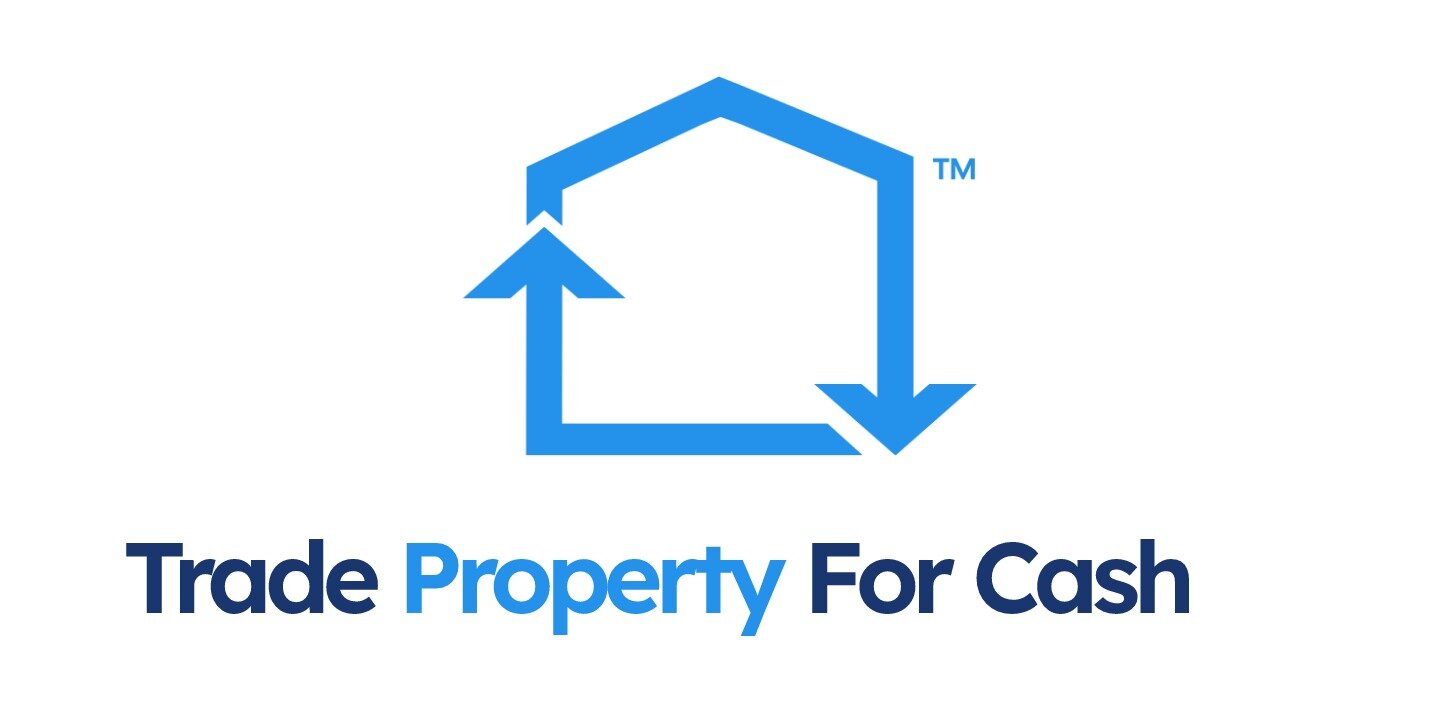
Navigating the intricate maze of foreclosure can be a challenging and often distressing experience for homeowners. As the looming possibility of losing a cherished home becomes tangible, it’s paramount to grasp the procedural intricacies and arm oneself with effective strategies. Whether you’re hoping to evade this situation or find yourself amidst it, understanding the foreclosure process is key to making informed decisions. This guide aims to shed light on the step-by-step foreclosure journey and offers tried-and-true strategies to steer through it.
Understanding Foreclosure
Foreclosure refers to the legal procedure where a lender claims ownership of a property due to the borrower’s inability to fulfill their mortgage commitments. The lender’s main goal is to recoup the outstanding debt, usually by putting the property up for sale. It’s crucial to note that foreclosure rules and procedures differ across states, making it imperative to understand the specific laws in your region.
Steps in the Foreclosure Process
- Missed Payments: The process usually begins when the borrower misses one or more mortgage payments. After a payment is missed, the lender will send a notice reminding the borrower of the missed payment and the potential penalties.
- Pre-Foreclosure or Notice of Default: After several missed payments (usually 90-120 days), the lender will send a Notice of Default (NOD). This official notice alerts the borrower that the lender might pursue legal action if the debt isn’t settled.
- Public Auction: If the borrower doesn’t catch up on payments after receiving the NOD, the lender will schedule the property for a public auction.
- Post-Foreclosure: If the property isn’t sold at auction, it becomes a “real estate owned” (REO) property. The bank then typically sells it through a real estate agent.
- Eviction: Once the property is sold or taken over by the bank, the original homeowner might be evicted if they haven’t already vacated.
Strategies to Navigate the Foreclosure Process
- Stay Informed: Ignorance is not bliss in foreclosure situations. Read every piece of mail you receive, understand your rights as a homeowner, and be aware of timelines. Knowledge will empower you to make the best decisions.
- Open Communication with the Lender: Your lender is your primary point of contact. Proactively communicate your financial difficulties and ask about possible remedies. Lenders often prefer to avoid foreclosure because it’s costly and time-consuming. They might be willing to work out a payment plan, loan modification, or another solution.
- Seek Legal Counsel: Consider hiring an attorney who specializes in foreclosure. They can provide advice tailored to your situation, potentially helping you delay or prevent foreclosure.
- Consider a Short Sale: If you owe more on your mortgage than your home is worth, a short sale might be an option. With your lender’s approval, you can sell your home for less than the outstanding mortgage amount, and the lender might forgive the remaining debt.
- Look into Loan Modification: This involves changing the terms of your mortgage to make it more affordable. You might be able to secure a lower interest rate, extend the loan term, or even reduce the principal amount owed.
- File for Bankruptcy: As a last resort, some homeowners opt to file for bankruptcy to stop the foreclosure process. This doesn’t mean you’ll be able to keep your home, but it can delay the foreclosure, allowing you more time to figure out a solution.
- Engage Housing Counselors: The U.S. Department of Housing and Urban Development (HUD) offers free or low-cost counseling services to homeowners in distress. These counselors can help you understand your options and navigate the foreclosure process.
- Avoid Foreclosure Rescue Scams: Unfortunately, scammers prey on distressed homeowners. Be wary of anyone who guarantees to stop the foreclosure process if you sign a document appointing them to act on your behalf or who advises you to stop paying your mortgage and pay them instead.
- Consider Selling or Renting: If you have some equity in your home and believe that foreclosure is imminent, consider selling your home. Alternatively, if the market conditions are favorable, renting out your property can be a way to cover the mortgage payments while you find alternate living arrangements.
- Stay Calm and Organized: Foreclosure can be emotionally taxing. Stay calm, keep a clear head, and maintain detailed records of all communications and documents related to your home and mortgage.
In the complex world of foreclosures, understanding each step and applying effective strategies can make all the difference between losing a home and finding a potential way out. While the journey can be tumultuous, knowing the right maneuvers can often ease the path. Remember, every situation is unique, and while some strategies might work for one, they may not be the best fit for another. It’s always beneficial to seek professional guidance tailored to your specific needs. At Trade Property For Cash, we strive to provide the resources and expertise you require during such trying times. Let us be your ally as you navigate the challenges of the foreclosure process, ensuring you’re equipped with the best tools and knowledge available.
